Teaching multiplying with area models and partial product is a major component of fourth grade math. Before teaching multi-digit multiplication there are many concepts that are essential for student success. You can read more about those lessons here. A solid understanding of those concepts makes multiplying with area models and partial product much easier for students.
All of these lessons are from my 4th Grade Multiplication Unit. There are also a few free resources linked in the post!
Multiplying With Area Models
I begin by teaching students about area models. This ties in perfectly to the transitional lessons and can connect to third grade area lessons.
I start with traditional arrays and gradually fade the grids away so that students are multiplying with area models, rather than arrays.
To keep students interested, I try to be humorous about the monotony of drawing and counting each individual square. A little over-exaggeration and “accidental” mistakes counting help students see how much more efficient an area model is than an actual array.
I typically spend a couple days introducing multi-digit multiplication with arrays and area models. It’s important not to rush these initial lessons.
Partial Product
Area models tie in easily to partial product. I do like to fully teach 2, 3, and 4-digit numbers with both strategies before I introduce 2-digit by 2-digit multiplication.
To keep it non intimidating for students, I begin the partial product problems with 2-digit numbers and gradually increase to 3 and 4-digit numbers.
Students should guide how long you spend on each lesson. If you see students struggle a bit, it’s beneficial to slow down a bit. I like to utilize centers during this time by alternating instructional days. On Tuesdays and Thursdays students participate in math centers, and during that time I meet with students who need additional instruction.
Throughout the process of teaching multiplying with area models and partial product, it’s important to incorporate multiplication word problems. We continue the highlighting word problems strategy that I wrote about here.
It’s also good to give students the opportunity to extend their thinking and to look at the models with a different approach. I love using this type of activity where students determine the missing numbers.
2-Digit by 2-Digit Multiplying With Area Models
Once students are comfortable with single-digit multiplication, it’s time to move on to 2-digit by 2-digit multiplication. That’s when you typically start to see some struggle. It’s best to follow the same process and begin with multiplying with area models and arrays.
Once students are proficient with area models, they begin solving multi-digit multiplication problems with partial product. If needed, I provide students with scaffolding to help them transition to this strategy of multiplication.
Over the years, I’ve found that some students, especially students who struggle in math, tend to strongly prefer area models and become quite confused with partial product. In those cases, I hold off requiring the student to use partial product. I’d rather the student be very confident and consistent with one strategy, rather than inconsistent or uncomfortable with multiple strategies. I give them time and come back to partial product later in the year.
Algorithm
Whether or not you choose to teach students the algorithm for multi-digit multiplication is really up to you and your school or district’s exceptions. I personally focus on the algorithm on an individual basis. If/when I feel the student is 100% comfortable with both strategies, I teach that student (typically in a small group) the algorithm. If they learn the algorithm during the actual multiplication unit-great. If not, that’s fine too. I will still find time within the year to introduce it when the student is ready. I can determine this through our various spiral review.
Digital Multiplication
When I taught this unit, we were still face-to-face. However, I did make a digital version of each lessons for virtual and distance learning students. One of my favorite lessons included a variety of area model practice.
You can download this digital lesson for free here.
Multi-Digit Multiplying Area Models and Partial Product
One thing that is always a challenge for teachers, students, and parents is that we all learned multi-digit multiplication differently. As an elementary student of the 80s, I had never even heard of an area model or partial product until I needed to teach it. I can completely understand why it’s confusing for parents.
I’ve found that it can be beneficial for all when students explain the rationale for each strategy of multiplication.
Students first explain how they use arrays and area models to multiply smaller numbers. Then, they explain how the distributive property connects to those models.
Then, students explain the relationship between multiplying smaller numbers to multi-digit multiplication.
I think the most interesting part is seeing students’ view point on each model or strategy. It’s fun to see their reflection and their attitude toward each representation. That peak into students’ reasoning is so valuable.
You can download a copy of the booklet here.
Hopefully, these ideas will help you out as you teach multi-digit multiplication! All of these lessons are from my 4th Grade Multiplication Unit.

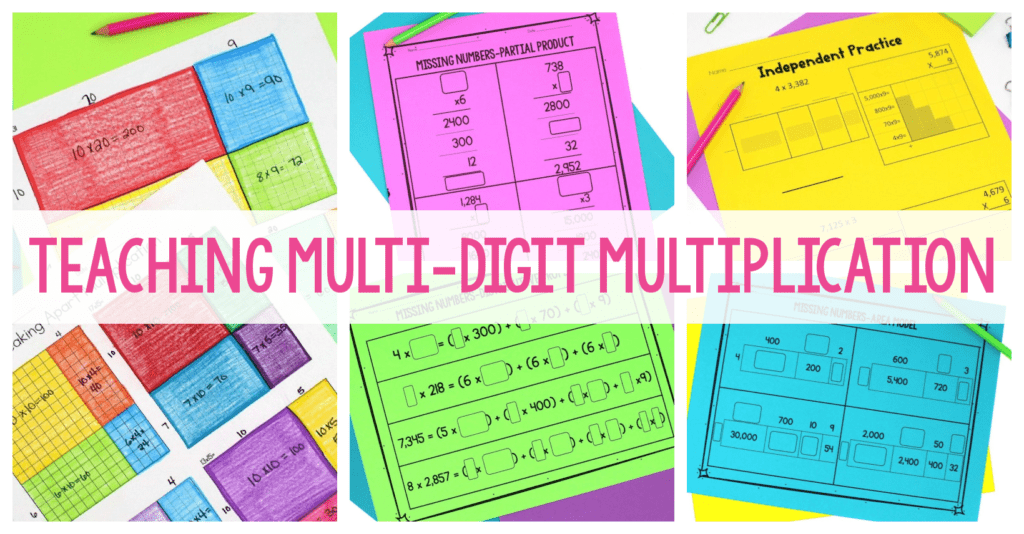
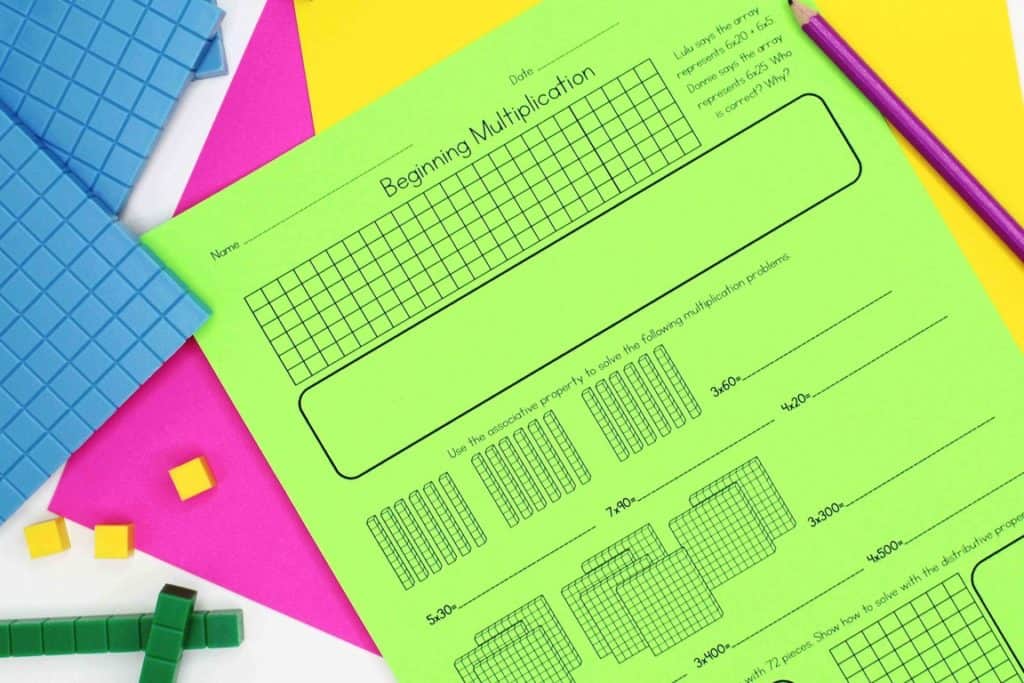
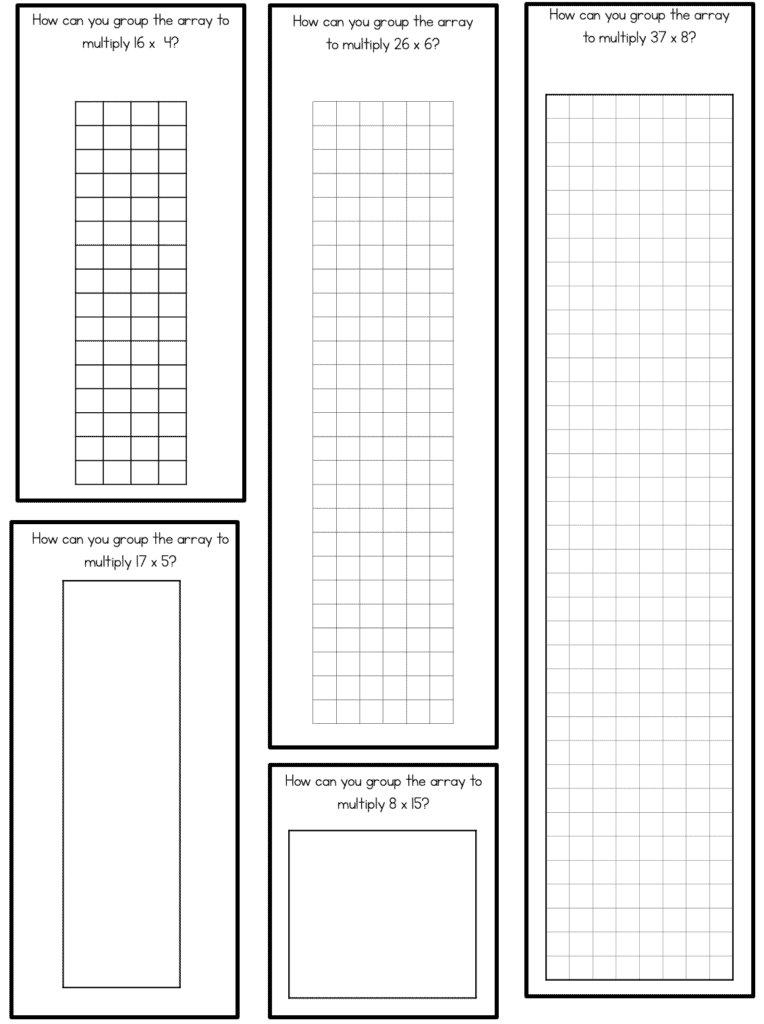



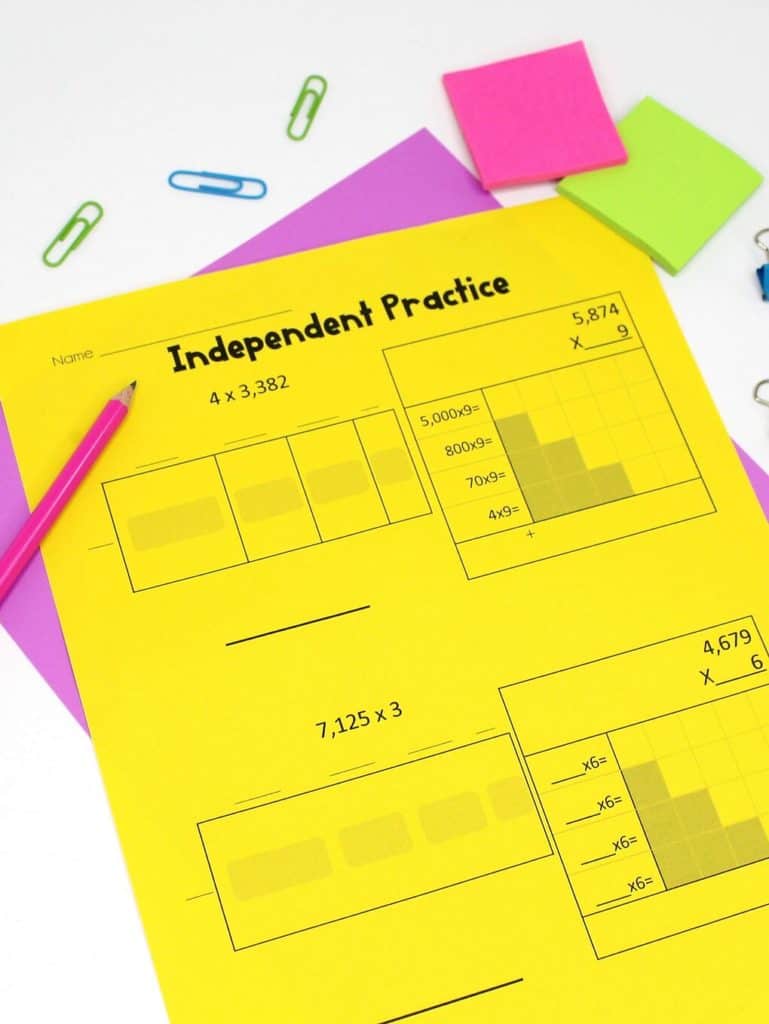
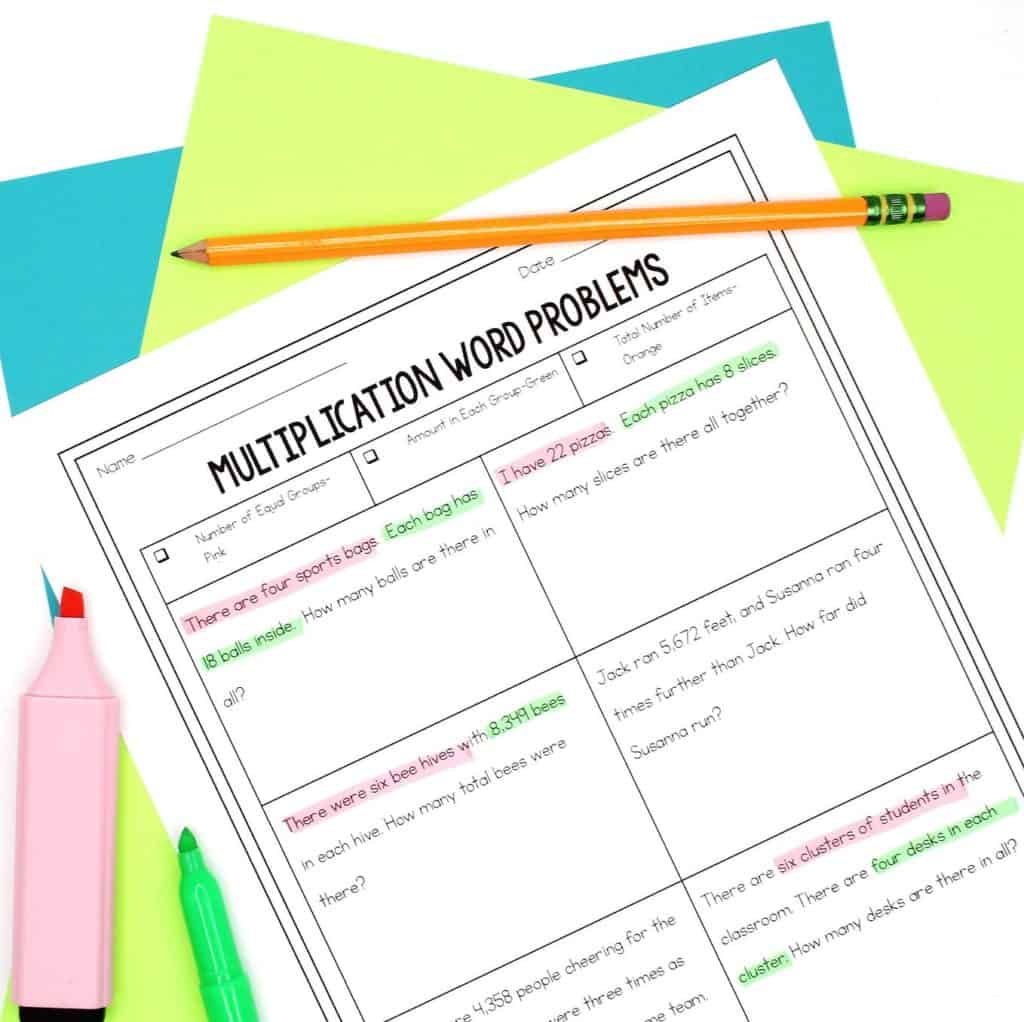
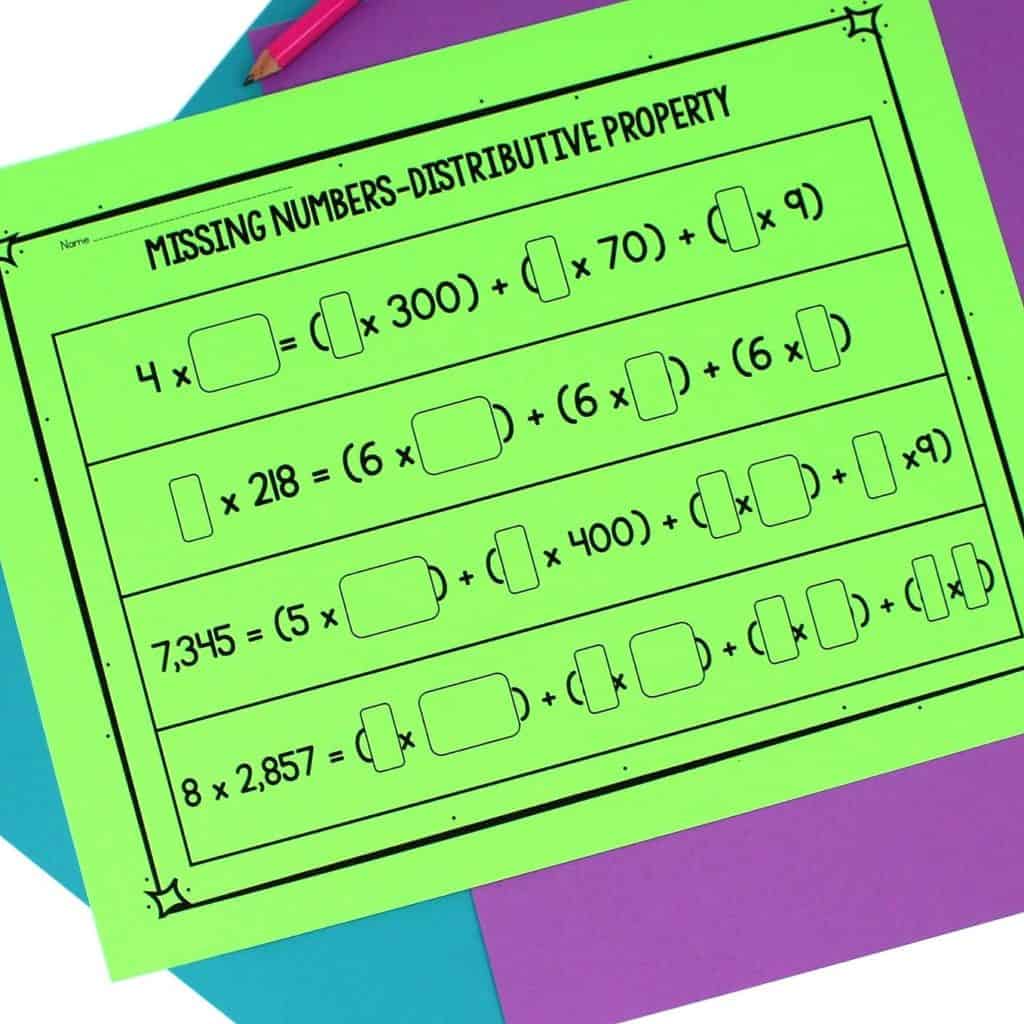
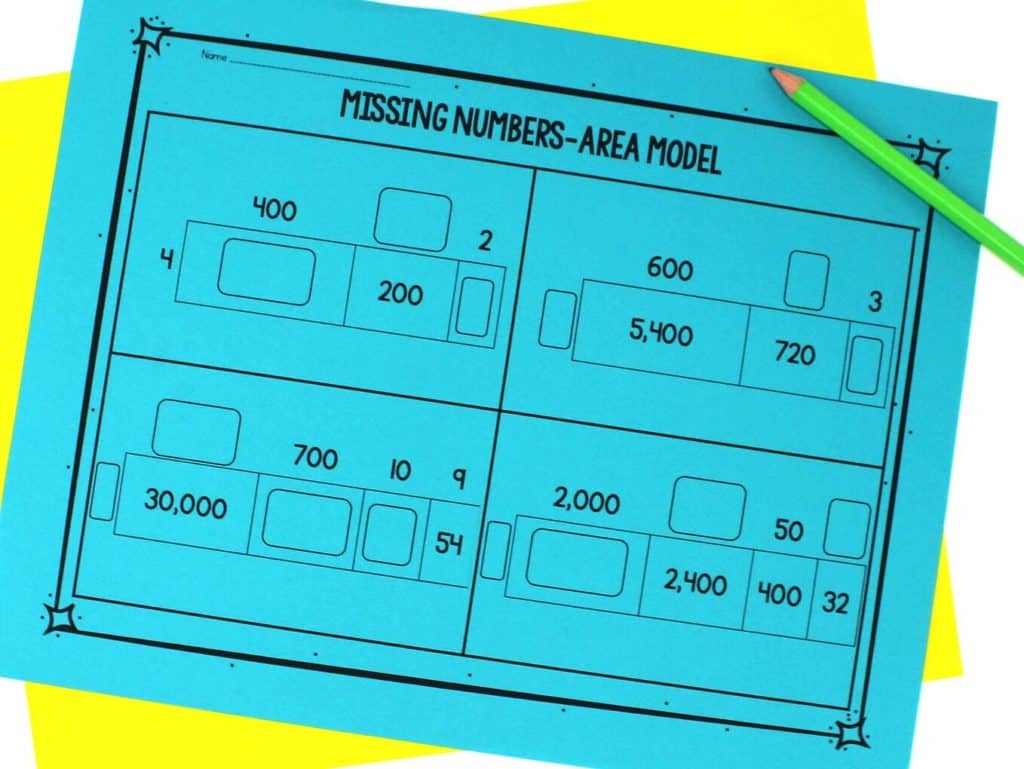
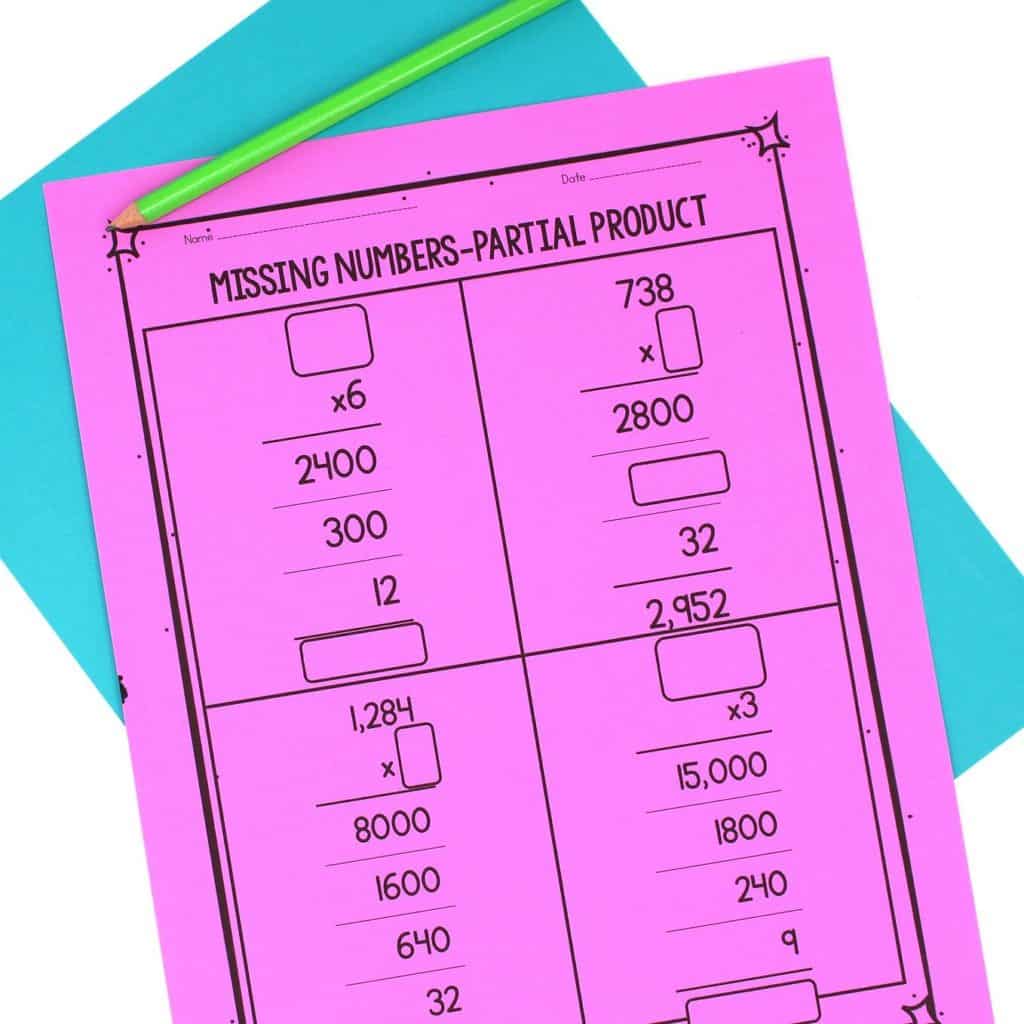
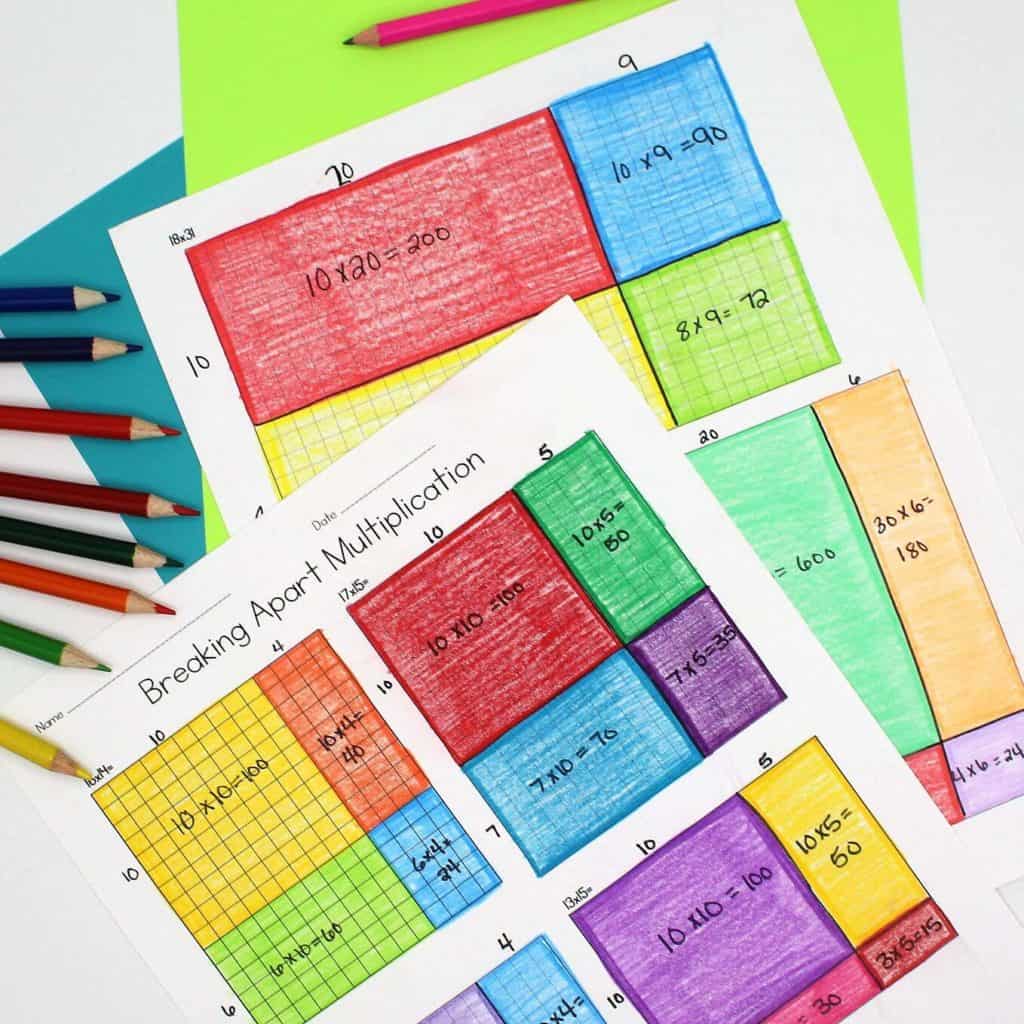
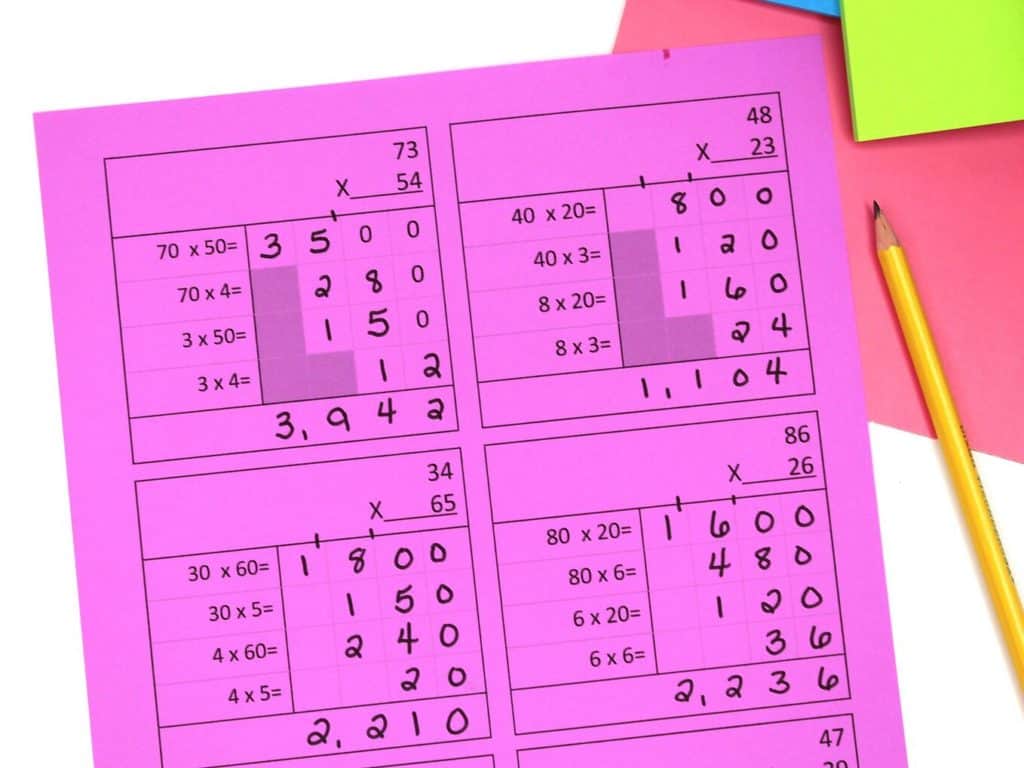
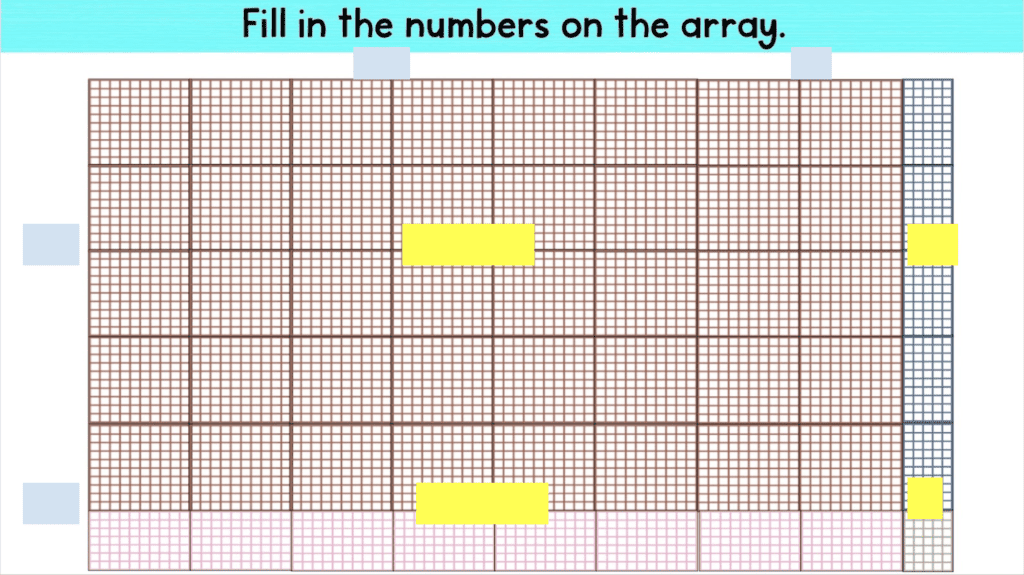
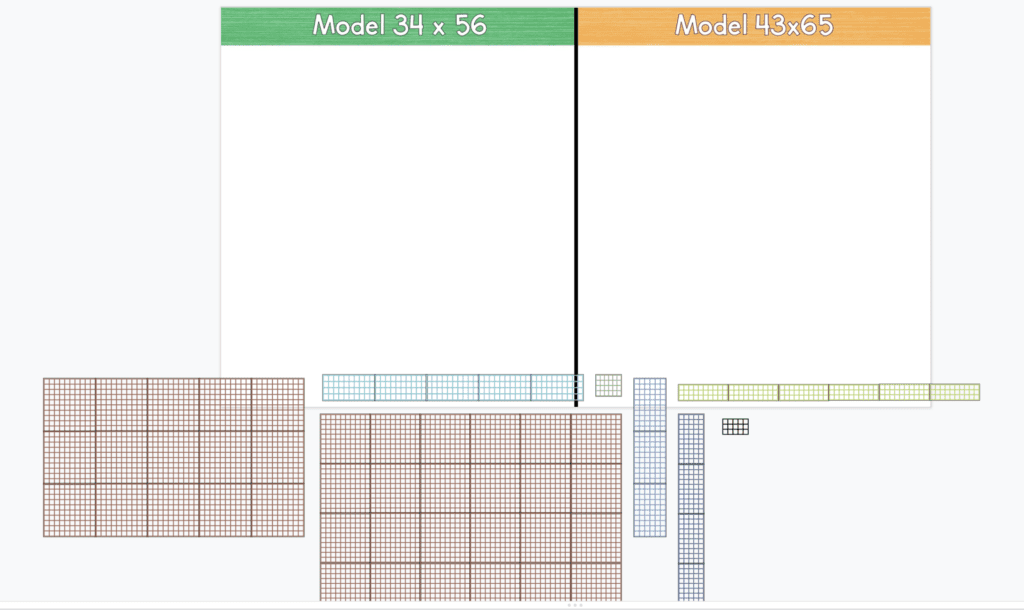
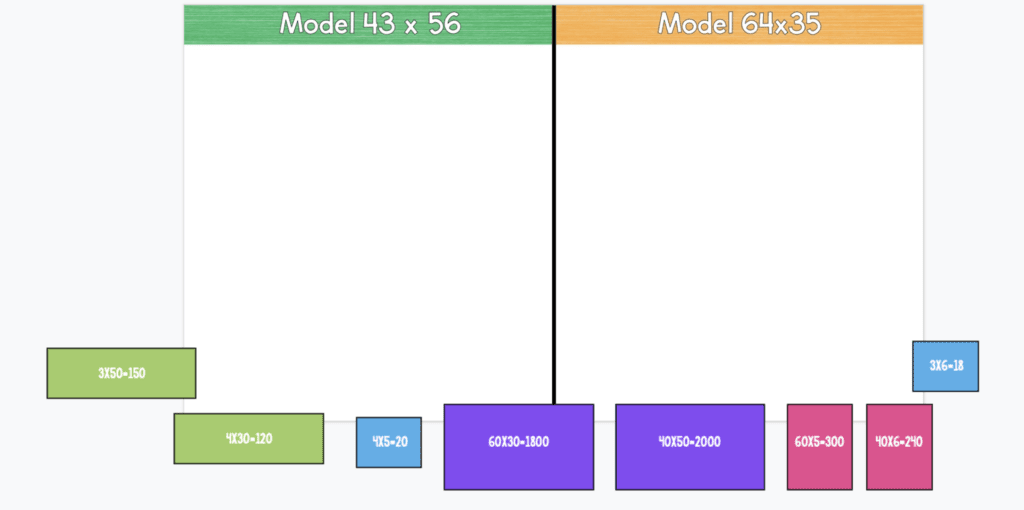
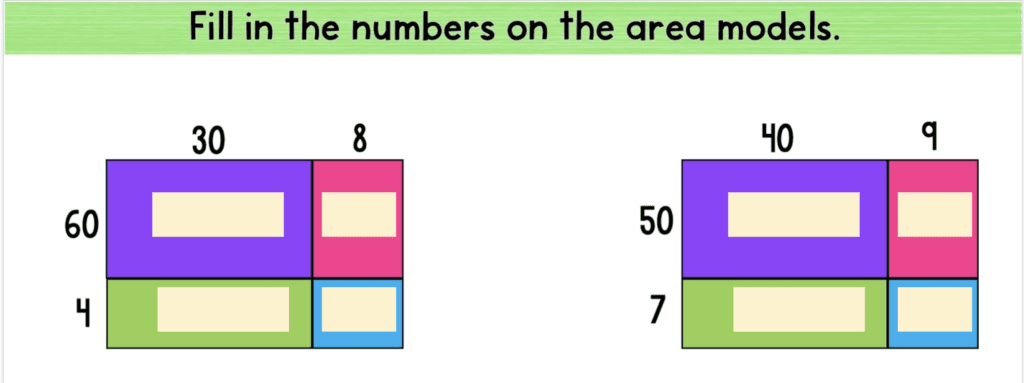
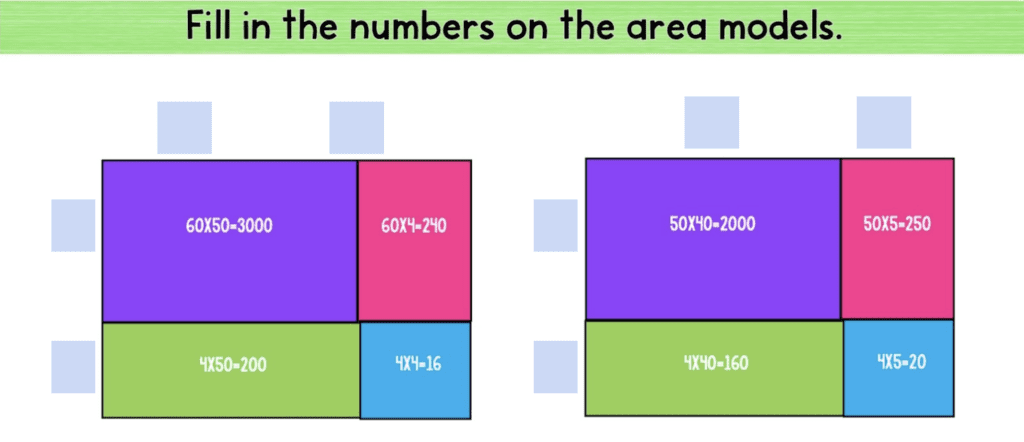
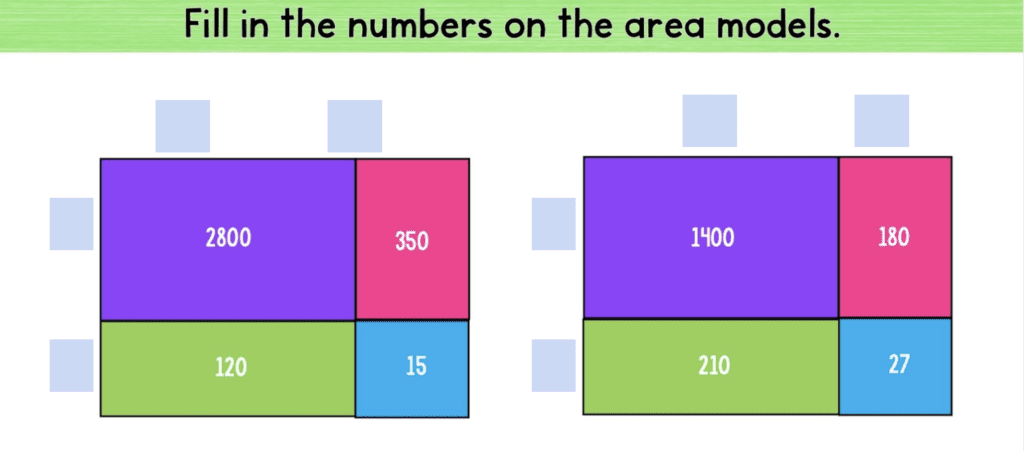
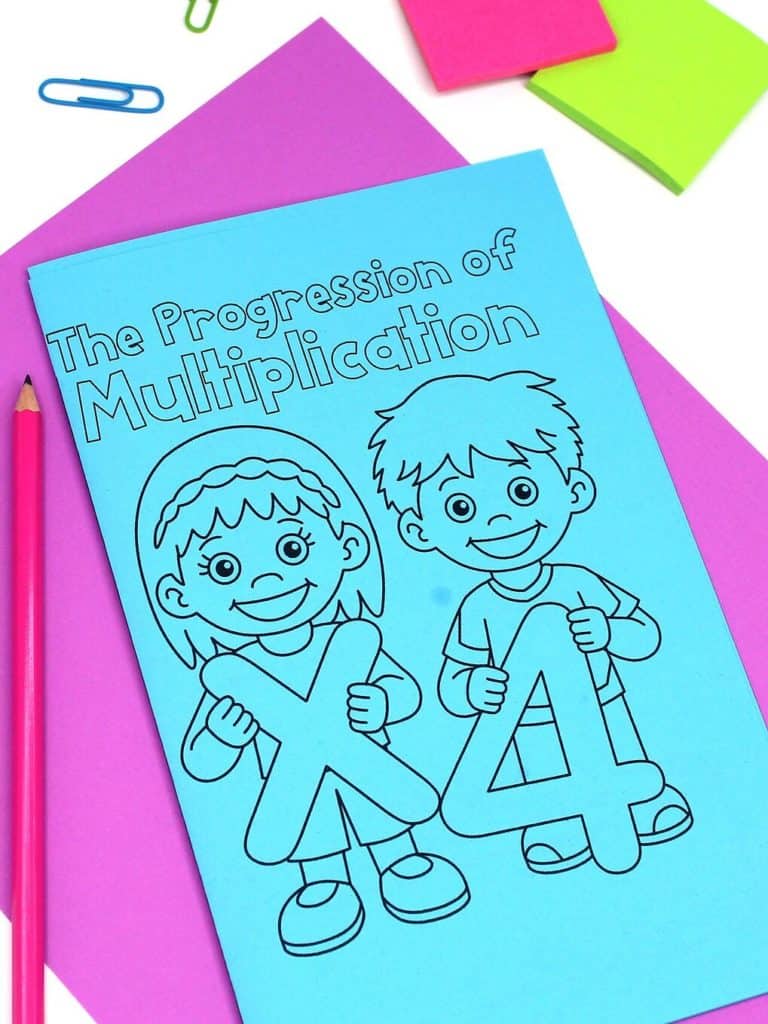
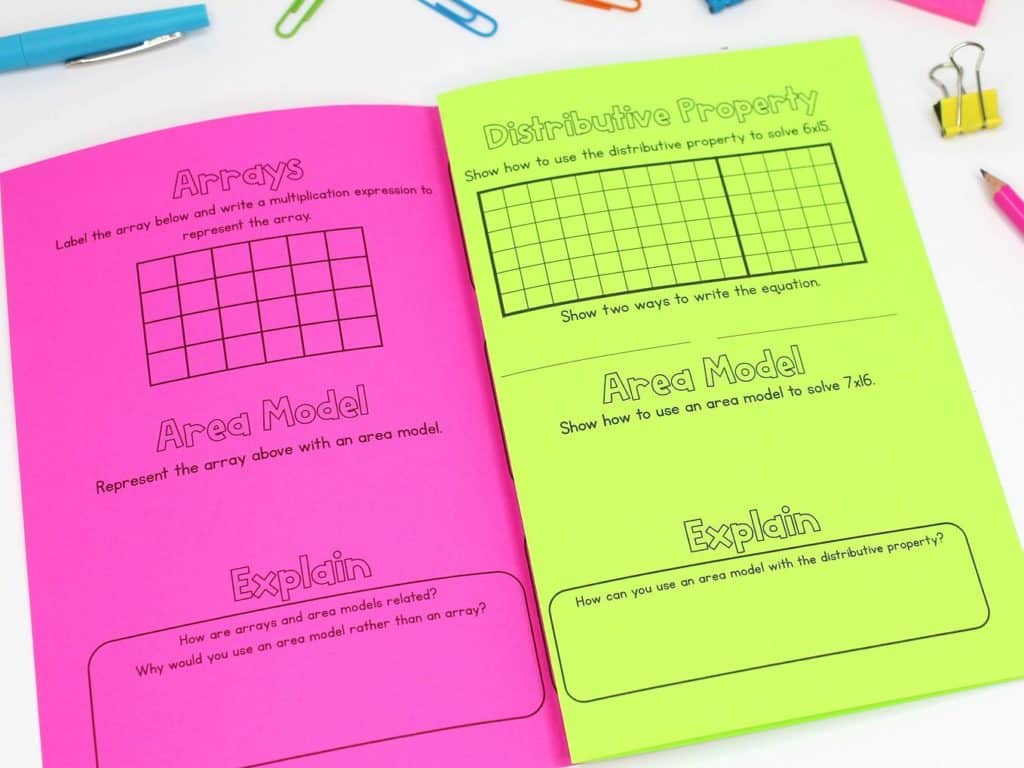
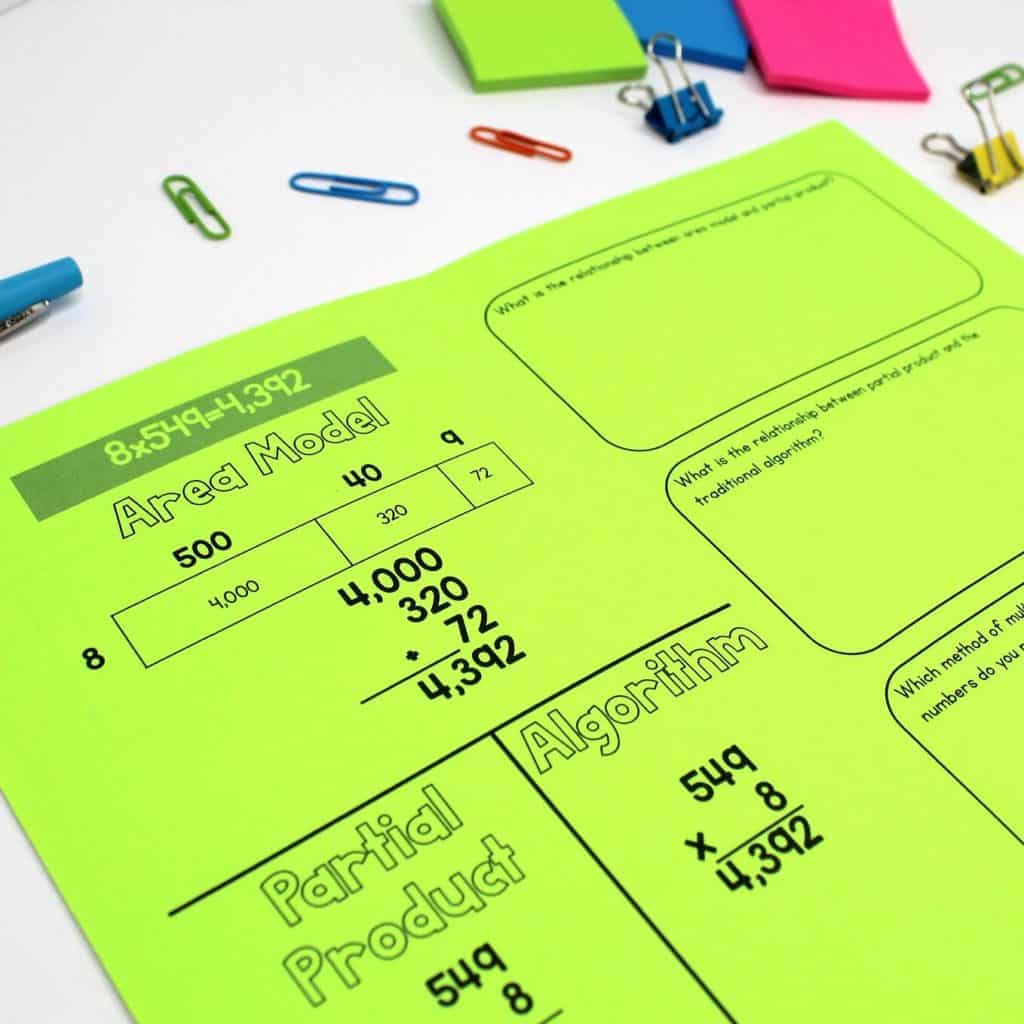
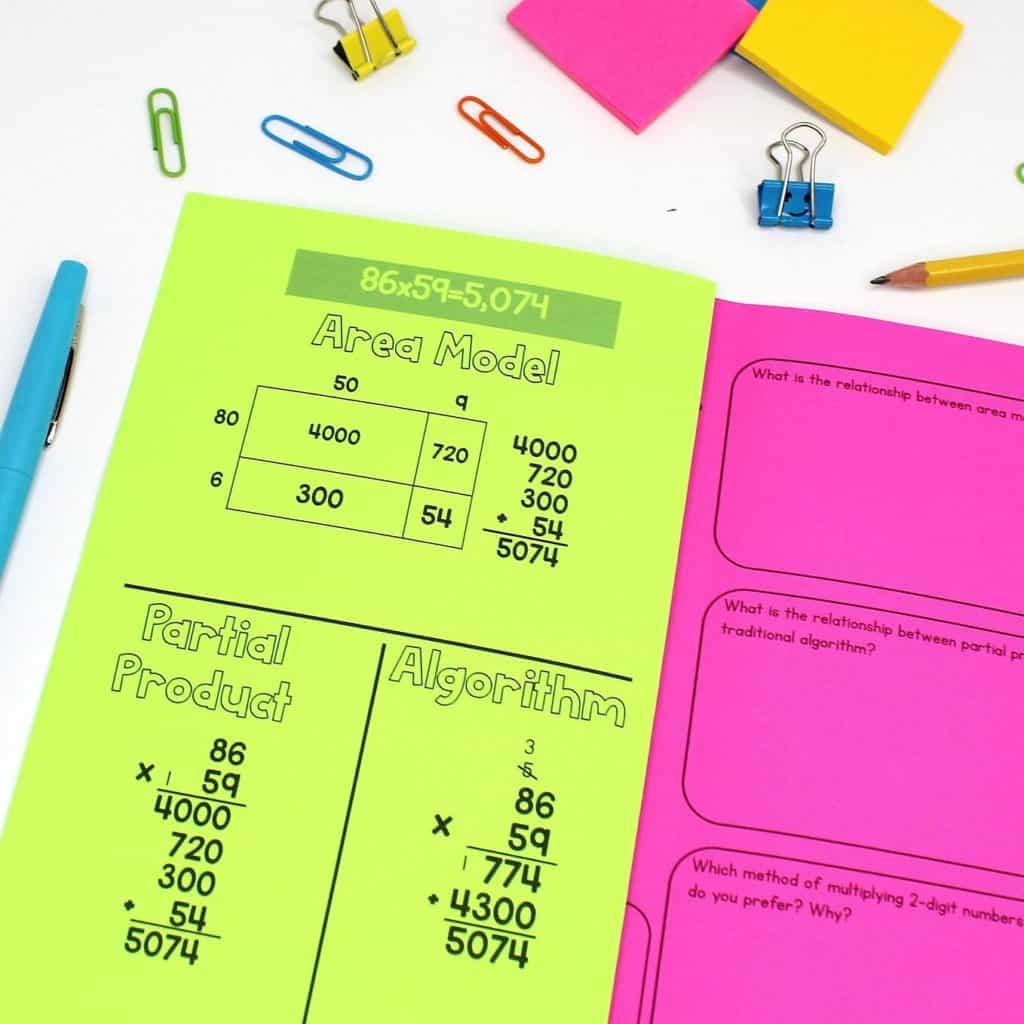


This is absolutely gold! Would love to see teachers at my school valuing the visual and conceptual knowledge required to multiply multi digit numbers with sound understanding and number sense. Thanks for sharing.